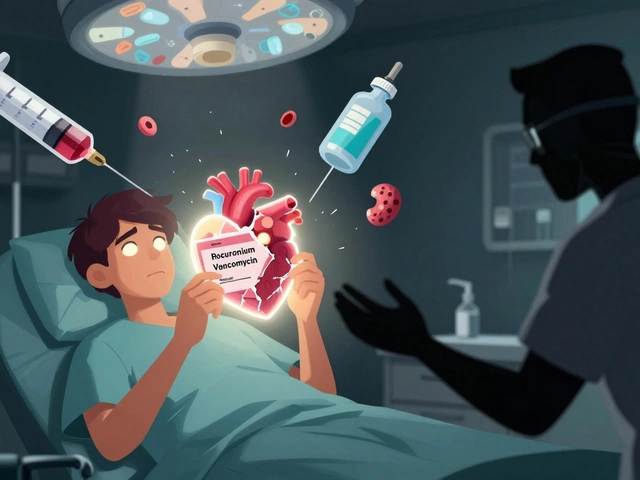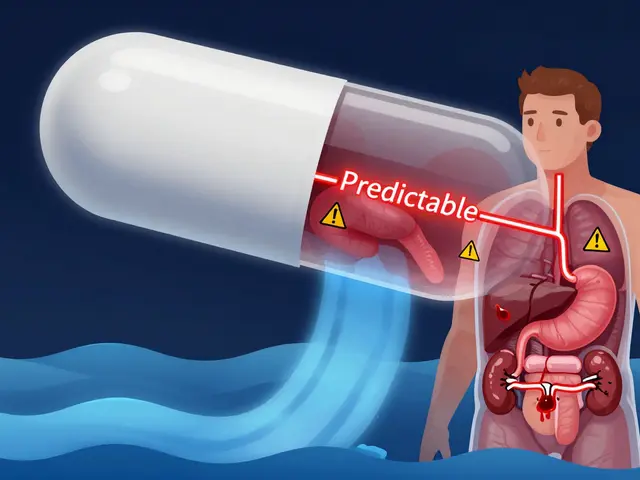Penicillin allergy: what to know
About 10% of people say they are allergic to penicillin, but most are not truly allergic. That label changes treatment choices and can lead to weaker antibiotics or longer recoveries. This page helps you tell the difference, know what to do in an emergency, and learn safer options.
Allergic reactions vary. Mild signs include a red itchy rash or hives that appear within hours. More serious signs are swelling of the face or throat, trouble breathing, wheezing, or dizziness. If you get sudden breathing problems, fainting, or a fast heartbeat after taking penicillin, treat it as anaphylaxis and call emergency services immediately. Use epinephrine if available.
Not every bad reaction is an allergy. Nausea, diarrhea, and stomach cramps are common side effects but not immune reactions. If a rash appeared days into therapy, it could be a delayed allergy or a viral rash — tell your doctor. Accurate history matters: when the reaction happened, what symptoms you had, and how long after the drug you reacted.
Testing removes uncertainty. A penicillin skin test can find IgE-mediated allergy in many people. If the skin test is negative, a supervised oral challenge often follows to confirm safety. For non-IgE reactions, specialists may suggest other tests or a cautious drug challenge. If testing shows you are not allergic, removing the label can open safer, often narrower antibiotics.
What to use instead of penicillin depends on the infection and how severe your allergy is. For mild penicillin allergies, some cephalosporins may be safe because cross-reactivity is low for most modern drugs. For confirmed severe IgE allergy, physicians commonly use clindamycin, macrolides (like azithromycin), or doxycycline depending on the bug. For life‑threatening infections where penicillin is the best drug, hospitals can perform desensitization so you can receive penicillin safely for that course.
Practical tips to carry with you: keep a clear allergy record in your wallet and in your medical files, wear an allergy bracelet if your reactions were severe, and ask your clinician about testing. If you need antibiotics for dental work or an infection, tell the dentist or doctor the exact reaction — saying “penicillin allergy” without details often leads to broader-spectrum alternatives.
If you suspect a true penicillin allergy, don’t avoid medical advice. Testing is widely available and often covered by insurance when medically indicated. Testing can reduce antibiotic overuse and help you get the right drug when it matters most.
Want more on alternatives and safe antibiotic choices? Check our guides on dental infection antibiotics and alternative treatments for common infections on this site. If you have sudden severe symptoms after a drug, seek emergency care right away.
Questions to ask your clinician: Was the reaction immediate or delayed? Can I get a skin test? If I'm confirmed allergic, what are the best alternatives for my condition? If pregnant or facing a serious infection, ask about desensitization options. Keep copies of test results in your records and update your pharmacy profile.
Talk openly — it changes care. Removing a false label can save lives.
Alternatives to Keflex: What to Prescribe If Your Patient Is Allergic
Stuck when your patient breaks out in hives after Keflex? This article digs deep into what to prescribe instead. Find out how cross-reactivity really works, which antibiotics are safest, and how skin testing protocols can clear confusion. With practical facts, real clinical tips, and a handy reference chart, you'll be prepped to make fast, evidence-based choices when Keflex isn’t an option.






